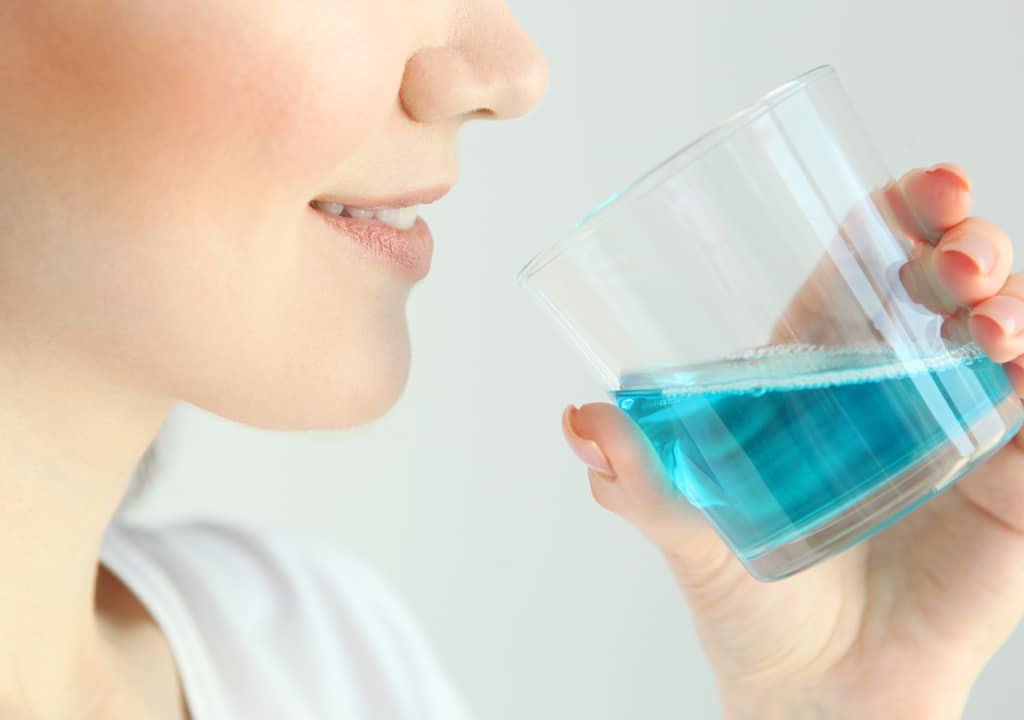Blog
Should I Use A Mouthwash
Introduction:
We have compiled this article on “Should I Use A Mouthwash” The reference links are at the bottom of the article.
[1]Mouthwash, also called oral rinse, is a liquid product used to rinse your teeth, gums, and mouth. It usually contains an antiseptic to kill harmful bacteria that can live between your teeth and on your tongue.
Some people use mouthwash to fight against bad breath, while others use it to try to prevent tooth decay.
Mouthwash doesn’t replace brushing your teeth or flossing in terms of oral hygiene, and it’s only effective when used correctly. It’s also important to understand that different product formulas contain different ingredients, and not all mouthwashes can strengthen your teeth.
Keep reading to find out everything you need to know about using mouthwash.
When to use mouthwash
Some people use mouthwash as part of their daily teeth-cleaning routine. But you can also use mouthwash in a pinch to banish bad breath.
There’s really no hard and fast guideline for when to use mouthwash for bad breath. But it isn’t going to work to strengthen tooth enamel or fight gum disease unless you use it right after brushing and flossing.
For best results, teeth should be freshly cleaned before using use mouthwash.
How often should you use mouthwash?
It bears repeating that mouthwash isn’t a replacement for brushing and flossing. It’s also not necessary to use mouthwash in order to keep your mouth clean. Most mouthwash products recommend that you use them twice per day, after brushing and flossing.
[2]Do I Need to Rinse?
Mouthwash is not a substitute for brushing and flossing. But if you have trouble doing those correctly, rinsing can help protect you from cavities or gum disease. Fluoride rinses help prevent tooth decay.
“Mouthwashes, when added to a good home care regimen of brushing and flossing, can target a condition that you are facing,” Wolff says. “You don’t swish for 2 minutes with a whitening mouthwash and suddenly have white teeth. But if you brush well and keep the plaque off of them and use that mouthwash as part of the package, you do get whiter teeth.”
A mouth rinse won’t cure serious problems, though. If you have regular bleeding of your gums or consistently bad breath, for example, see your dentist. They might prescribe a mouthwash that’s stronger than the kind you buy over the counter.
Mouthwash Ingredients
Read the labels carefully on over-the-counter types. Ingredients — and the benefits they provide — vary by brand.
They usually include one or more of these:
- Fluoride. It helps reduce tooth decay and prevent cavities.
- Antimicrobials. They kill the bacteria that cause bad breath, plaque, and gingivitis, an inflammation of the gums at the early stages of gum disease.
- Astringent salt. It’s a type of deodorizer that can temporarily cover up bad breath.
- Odor neutralizers. They can attack the cause of bad breath.
- Whiteners, such as peroxide. They can help against stains on your teeth.
How Do I Choose a Mouthwash?
It’s sometimes hard to find one product that ticks all the boxes. “Select a mouthwash based on the largest condition that you need to treat,” Wolff says.
Look for products with an American Dental Association (ADA) seal on the label. The group awards it to companies that show scientific proof that their products work.
If you prefer organic or natural products, the ADA recognizes some of those mouth rinses, too. You can also find the ADA seal on some generic and store brands.
[3]How to use mouthwash
Each brand of mouthwash has its own set of instructions on how to use their mouthwash on a bottle, so if you are in doubt, you should always aim to follow the manufacturer’s guidelines or you can follow the following steps:
- Start by pouring the mouthwash out of the bottle. Manufacturer advice on how much often varies, by we recommend that you use 15ml.
- You then rinse the mouthwash continuously around your mouth, making sure the liquid is comes into contact with all areas of your teeth.
- Gargle for at least 30-60 seconds. This helps to ensure that the mouthwash can reach the back of your tongue and fight the bacteria there.
- Spit out the mouthwash.
Conclusion:
Thank you for reading this article, and check back frequently for other dental health articles. Should you have any questions, please contact Apple Tree Dental today!
Article compiled by Apple Tree Dental
Article reference links


